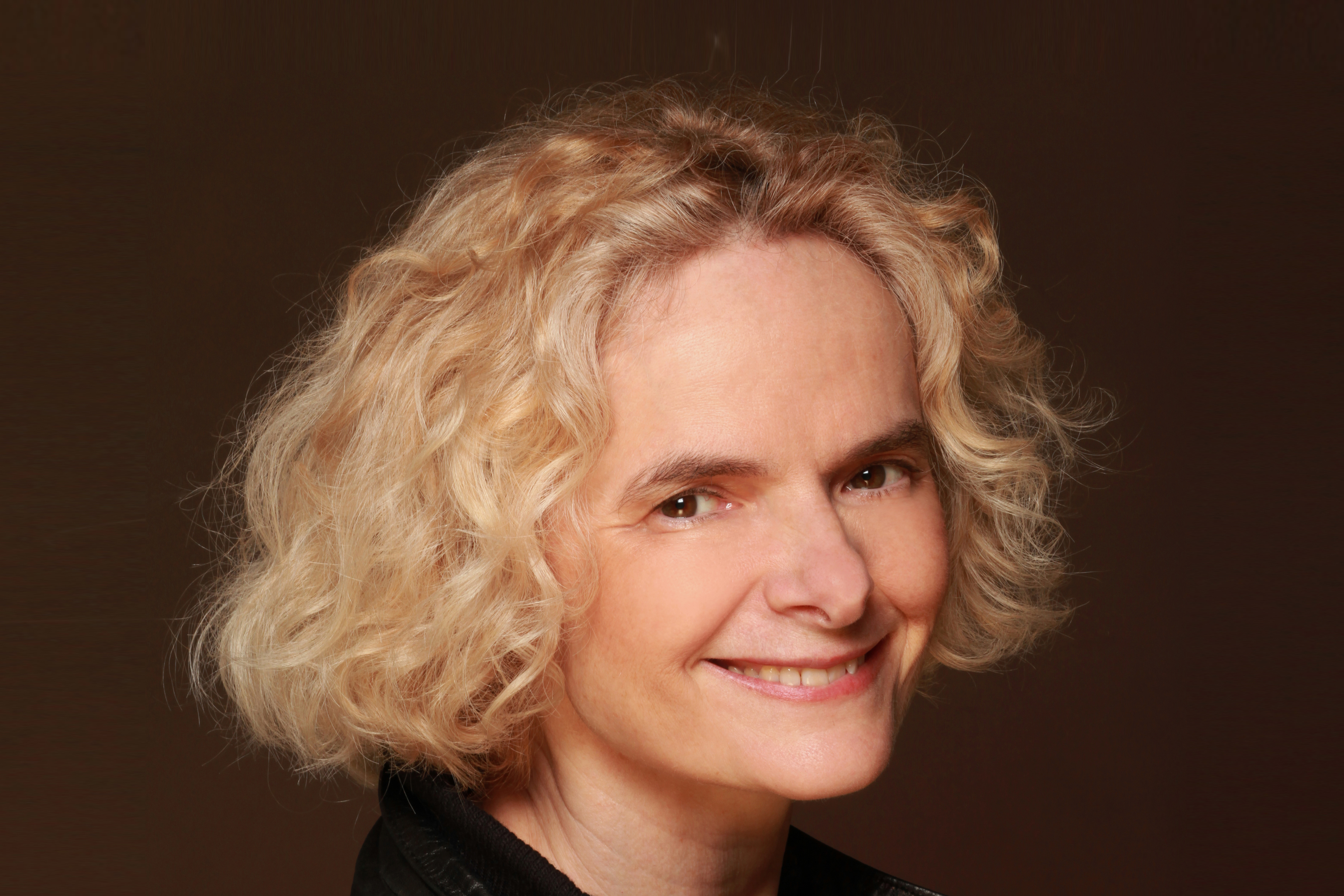
Message From the President: Advancing Brain Research at Neuroscience 2018

The landscape of neuroscience research is rapidly transforming, as scientists of all disciplines and countries come together to advance the field globally.
In the five years since the formation of the U.S. BRAIN Initiative, a multidisciplinary collaboration funded by NIH, NSF, and other partners, scientists have improved whole-brain imaging, developed advanced microscopy techniques, generated new biological sensors, and made biomedical advances affecting the lives of those with Alzheimer’s, Parkinson’s, and other neurological disorders. Moreover, scientists are working to discover how synapses work, to map the connectome, and more, both in the U.S. and across the globe.
At the same time, global initiatives to advance the understanding of the brain and nervous system have expanded, and more exist now than ever before, to include the EU’s Human Brain Project, Japan’s Brain/MINDS Project, an International Brain Initiative comprising Australia, Japan, Korea, Europe, and the United States, and many others. None of the discoveries advanced by these international consortia would have been possible without investment in interdisciplinary and collaborative approaches to neuroscience.
Presidential Special Lectures: Plasticity and Neuromodulation
A global showcase of the latest developments in neuroscience, SfN’s annual meeting provides a venue for researchers from around the world to exchange scientific knowledge that advances the field on a global scale. The presidential lecturers selected for Neuroscience 2018 are leaders in the field who have demonstrated curiosity, creativity, and passion for their work. They have made discoveries that push the field nationally and internationally, driving neuroscience to a new level of practice. They also represent the range of scientific inquiry, from synapses and circuits to behavior.
Daniel Choquet, PhD, is a leading neuroscientist in France and a close collaborator of mine. He founded an interdisciplinary program at the University of Bordeaux to study nanoscale dynamic organization and trafficking of neurotransmitter receptors at the synapse, which he will discuss during his lecture in relation to learning and memory. A researcher at the CNRS, he is additionally head of the new Interdisciplinary Institute for Neuroscience Bordeaux and director of LabEx BRAIN, a consortium of world-renowned scientists that aims to create knowledge and discover treatments for neurodegenerative and psychiatric diseases at the global level. He is developing new imaging tools for studying neuronal function that are affecting labs around the world.
Vivian Budnik, PhD, chair of neurobiology and professor at the University of Massachusetts Medical School, also studies synapse function as well as genes that are involved in plasticity and are implicated in many neurological and psychiatric disorders. Her work has led to major insights in the field that affect the way the world thinks about these genes. Dr. Budnik’s team and a team led by Jason Shepherd, a former graduate student of mine now at the University of Utah, independently conducted parallel research in Drosophila and mice, discovering that a protein coded for by the Arc gene, which is necessary for learning, can send its genetic material from one neuron to another by packaging it into a capsid and sending it across the synapse, acting as a virus but functioning as a signaling molecule.
Bryan L. Roth, MD, PhD, is Michael Hooker Distinguished Professor at the University of North Carolina School of Medicine. He has been making breakthroughs in understanding the pharmacology and structure of receptors for psychoactive drugs such as LSD as well as for opiates. His work is relevant to the opiate crisis in the U.S. and elsewhere and to the therapeutic potential of "psychedelics,” which is only beginning to be recognized. Dr. Roth’s lab takes a molecular approach to identifying targets for therapeutic drug discovery and works to design less addictive ligands, which will have global applications for neuropsychiatric disorders.
The work of Catherine Dulac, PhD, diverges from that of the other speakers to focus on two equally innovative lines of research: first, the molecular and neuronal circuits underlying pheromone signaling and social interactions, and second, genomic imprinting in the brain — her lab discovered more than 1,000 new loci in the mouse genome that show imprinted features. This lecture will focus on her recent studies on circuits involved in parenting, which are unraveling the mystery underlying one of the most challenging behaviors on the planet. Higgins Professor of Molecular and Cellular Biology at Harvard University and an investigator at Howard Hughes Medical Institute, Dr. Dulac is also a co-chair of the Advisory Committee to the NIH Director of the BRAIN Initiative Working Group 2.0, which will guide the next phase of the BRAIN Initiative.
Neuroscience 2018: Facilitating Creativity
Neuroscience research fundamentally is a global endeavor. Basic science is creative, but to truly advance the field, it is imperative that the innovative and imaginative ideas of individual researchers and countries be shared across borders. Global collaborations can lead to creativity in research only when the environment is structured for success and the goals are clear, however, and this requires a commitment to international discovery.
The annual meeting is a place of shared respect where scientists of all backgrounds are welcomed to share their research and how they approach problems and explore solutions in our field. By coming to Neuroscience 2018 this year in San Diego, you will give yourself an opportunity to learn about what others are doing, and by the end of the meeting, you hopefully will have new ideas to pursue in your research, as well as possible new collaborators. I have found that different countries have a range of approaches to questions in basic science — when brought together, these approaches can lead to discoveries with potential to change lives in all parts of the world.





















